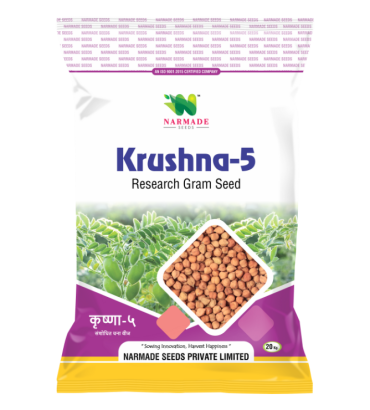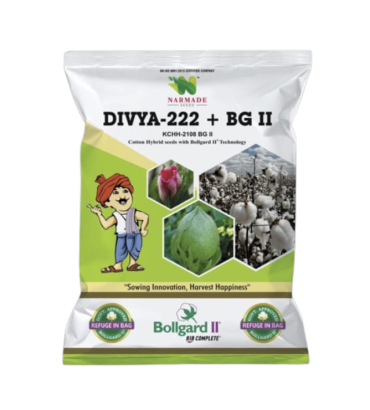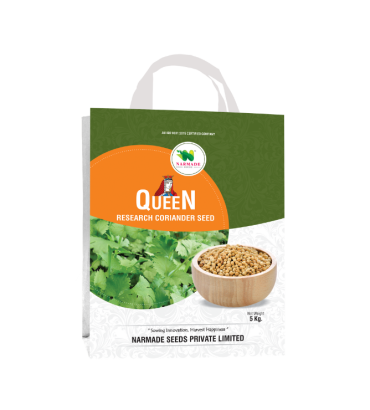Ladyfinger seeds, also known as okra seeds, belong to the Abelmoschus esculentus plant. These seeds are the foundation for cultivating ladyfinger plants, which are valued for their green, elongated pods and versatile culinary uses. Here are some key aspects of ladyfinger seeds:
- Varieties: Ladyfinger seeds come in various varieties, each with unique characteristics such as pod length, color, and disease resistance. Popular varieties include Clemson Spineless, Emerald, and Annie Oakley.
- Cultivation: Ladyfinger plants are warm-season crops, thriving in well-drained, fertile soils with full sunlight. The seeds are typically sown directly in the garden or started indoors before transplanting. Adequate spacing between plants is crucial for proper growth.
- Germination and Growth: Ladyfinger seeds germinate within 7-14 days under optimal conditions. Once germinated, the plants develop into tall, branching structures with distinctive, lobed leaves. Regular watering, balanced fertilization, and support for the taller varieties contribute to healthy growth.
- Harvesting: Ladyfinger pods are ready for harvest about 50-65 days after planting, depending on the variety. It is essential to pick the pods when they are young and tender, as older pods can become tough and fibrous. Harvesting should be done every two to three days to encourage continuous production.
- Culinary Uses: Ladyfingers are prized for their culinary versatility. They can be used in various dishes such as stews, soups, stir-fries, and pickles. The mucilage within the pods acts as a natural thickening agent, enhancing the texture of dishes.
- Nutritional Value: Ladyfingers are low in calories and rich in nutrients. They are a good source of vitamins A and C, as well as minerals like potassium and calcium. The seeds themselves contain healthy fats and protein, making them a nutritious addition to a balanced diet.
- Medicinal Properties: Ladyfinger seeds are believed to possess medicinal properties and are used in traditional medicine for their potential to support digestive health, reduce cholesterol levels, and manage diabetes. However, it’s crucial to consult with healthcare professionals for accurate information.
- Seed Saving: Harvested ladyfinger pods can be left to mature on the plant until they turn brown and dry. The seeds can then be collected for future planting. Proper storage in a cool, dry place ensures the viability of the seeds for the next growing season.







There are no reviews yet.